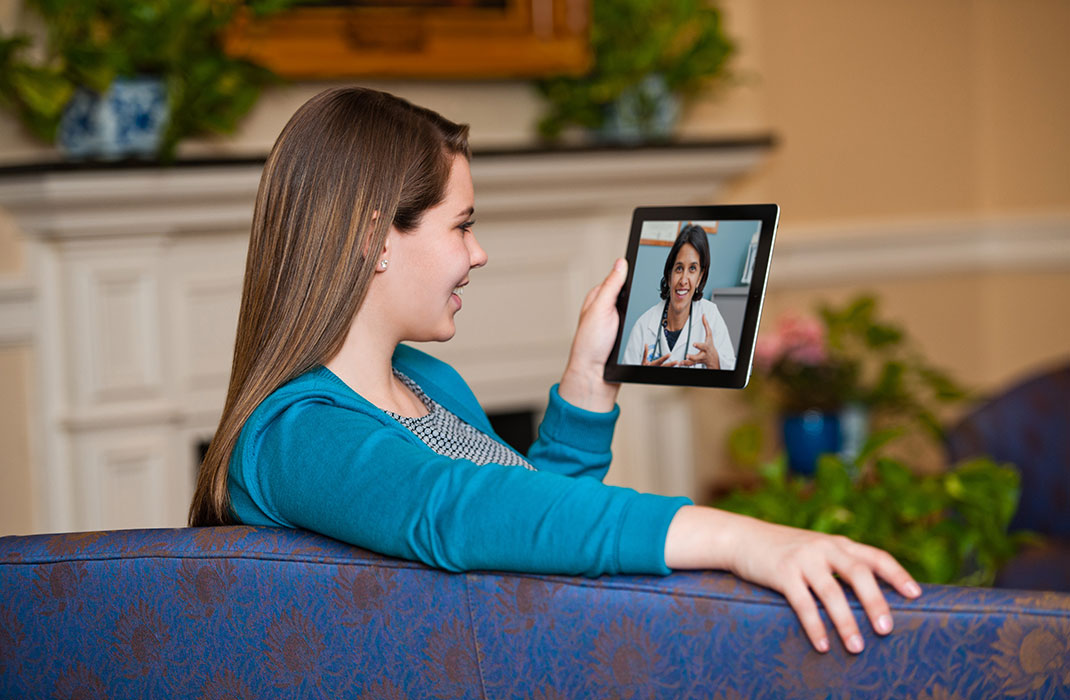-
- Find Care
-
- Visitor Information
- Find a Location
- Shuttles
- Visitor Policies
-
-
- Our Virtual Care Options
- Virtual Urgent Care
- Virtual Visits for Primary & Specialty Care
- Online Second Opinions
- Participate in Research
-
- Contact us
-
- For Innovators
- Commercialization Guide for Innovators
-
-
- Research News
- Alzheimer's Disease
- Artificial Intelligence
-
- Overview
-
- Overview
- Getting Started
- New to Mass General Brigham
- International Patient Services
- What Is Patient Gateway?
- Planning Your Visit
- Find a Doctor (opens link in new tab)
- Appointments
- Patient Resources
- Health & Wellness
- Flu, COVID-19, & RSV
- Billing & Insurance
- Financial Assistance
- Medicare and MassHealth ACOs
- Participate in Research
- Educational Resources
- Visitor Information
- Find a Location
- Shuttles
- Visitor Policies
- Find Care
-
- Overview
- Our Virtual Care Options
- Virtual Urgent Care
- Virtual Visits for Primary & Specialty Care
- Online Second Opinions
-
- Overview
- Participate in Research
-
- Overview
- About Innovation
- About
- Team
- News
- For Industry
- Venture Capital and Investments
- World Medical Innovation Forum (opens link in new tab)
- Featured Licensing Opportunities
- For Innovators
- Commercialization Guide for Innovators
- Contact us
-
- Overview
- Information for Researchers
- Compliance Office
- Research Cores
- Clinical Trials
- Advisory Services
- Featured Research
- Two Centuries of Breakthroughs
- Advances in Motion (opens link in new tab)
- Brigham on a Mission (opens link in new tab)
- Gene and Cell Therapy Institute
- Research News
- Alzheimer's Disease
- Artificial Intelligence
-
- Overview
-
- Overview
- Residency & fellowship programs
- Brigham and Women's Hospital
- Massachusetts General Hospital
- Mass Eye and Ear
- Newton-Wellesley Hospital
- Salem Hospital
- Integrated Mass General Brigham Programs
- Centers of Expertise
- Global & Community Health
- Health Policy & Management
- Healthcare Quality & Patient Safey
- Medical Education
- For trainees
- Prospective trainees
- Incoming trainees
- Current trainees
- Continuing Professional Development
Virtual Urgent Care Enhances Patient Access

Mass General Brigham Virtual Urgent Care enables patients to receive one-on-one treatment from medical providers for minor illnesses and injuries, like headaches or insect bites, without leaving their home. Virtual urgent care is easily accessible for both new and existing Mass General Brigham patients via Patient Gateway as well as the virtual urgent care webpage. It’s available to those ages 3 and up in Massachusetts and New Hampshire, seven days a week, including holidays, from 7 a.m. to 11 p.m., and can save patients on trips to urgent care or an emergency department (ED). It allows patients to receive high-quality care from a Mass General Brigham provider from the comfort of your home or even on the go.
In this Q&A, Joseph Kopp, MD, MS, medical director of urgent care for Mass General Brigham Medical Group, Alexei Wagner, MD, MBA, medical director for virtual urgent care at Mass General Brigham, and Chelsea Rego, PA-C, lead advanced practice provider for virtual urgent care at Mass General Brigham, discuss virtual urgent care, the continuity of care that it offers patients, and how it continues to ease capacity concerns and enhance patient access.
What is the patient experience in virtual urgent care? How user-friendly is it?
Dr. Wagner: In one word, easy. Virtual urgent care allows you to connect by video with Mass General Brigham providers to discuss timely health concerns that do not require emergency care. Virtual urgent care tends to have a seamless integration with any computer, tablet or smartphone that uses Patient Gateway or a web browser. Upon entering the platform, you’re provided with a list of conditions that we can diagnose and treat. You can sign up for an available time slot, up to 24-hours in advance, with a provider who reviews and diagnoses your condition, offers treatment, and prescribes medication, if medically necessary.
Most computers and phones have a camera and microphone now so we rarely, if ever, encounter a technical problem. In the event that one arises after the start of an appointment, we have backup systems in place and could transition to another platform or potentially the phone to continue the appointment. Patients also have the option of troubleshooting technical issues with support.
Rego: Overall, patients have been pleased with their experience with virtual urgent care, especially when it comes to convenience and efficiency. They also tend to appreciate the expanded hours and availability, particularly on weekends and evenings.
In addition, patient experience navigators are available to help ease the process for patients by managing schedules, answering patient questions around insurance, billing, and more. Interpreter services are also available. After the visit is completed, discharge instructions are sent via Patient Gateway and prescribed medications are sent to your pharmacy of choice.
When should patients use virtual urgent care and for which type of conditions?
Dr. Kopp: Most minor illnesses and injuries that don’t require emergency care can be treated through virtual urgent care, provided the patient doesn’t require a complex physical exam or testing. In addition to cold and flu, virtual urgent care is available for a variety of conditions, including minor injuries, new back pain, shingles, sinus pressure, pink eye, and more.
Dr. Wagner: People with low acuity viral upper respiratory infections, mild COVID or flu symptoms have been very successfully treated with virtual urgent care. In addition to the conditions that Dr. Kopp noted, we also see patients with bug bites, rash or skin infections, and patients with UTIs who need prompt treatment. The availability of virtual urgent care has also been helpful in increasing capacity at in-person urgent care centers, especially during busy periods like the height of flu season.
There’s an element of triage to virtual urgent care. If you’re not sure about whether you need to see a provider or whether you need to go to the emergency room, or if you’re unable to see your primary care provider (PCP), virtual urgent care might be a good fit.
Dr. Kopp: Virtual urgent care is an easy, convenient option to be seen by a clinician who can either provide treatment or refer to an appropriate site of care, such as a traditional urgent care or the emergency department.
It’s important to note, though, that virtual urgent care is not a replacement for your primary care provider and patients should continue to see their PCPs regularly. If a patient has an urgent health need that’s not an emergency, their PCP is a good place to start, and their doctor’s office can recommend next steps.
Virtual urgent care is not for medical emergencies. For medical emergencies, call 911.
How does the virtual urgent care model enable you to meet patient demand?
Dr. Kopp: While it may depend on the time of day and season, virtual urgent care typically has same-day availability for patient appointments and generally a short wait time, especially outside of peak flu and respiratory virus season.
What is the process if a patient needs to be referred from virtual urgent care to an ED or urgent care site?
Dr. Wagner: If you need further care, imaging, or lab work following the virtual urgent care appointment, you can be quickly routed to the appropriate doctor, urgent care location, emergency department or other site of care within our system.
Because virtual urgent care is part of the Mass General Brigham network, you benefit from the continuity of coordinated care. Virtual providers can view patient’s medical records and history before appointments, enabling them to better customize the patient’s care. And it’s all integrated within your existing medical records, so if we prescribe a medication, your other doctors will see it and it will be on your medication list.
Rego: We’re also fortunate to have the ability to provide specialty referrals for patients, if needed, such as orthopedics and dermatology.
As the seasons change, what do you want patients to keep in mind as it relates to virtual urgent care?
Dr. Kopp: While the highest patient volume tends to be during flu and respiratory virus season, virtual care can be provided for many other conditions, including rashes, bug or insect bites, seasonal allergies, minor sports injuries, and more. It is a great option for both existing Mass General Brigham patients as well as new patients who need to speak with a provider but don’t need an in-person exam.

Contributor

Contributor
